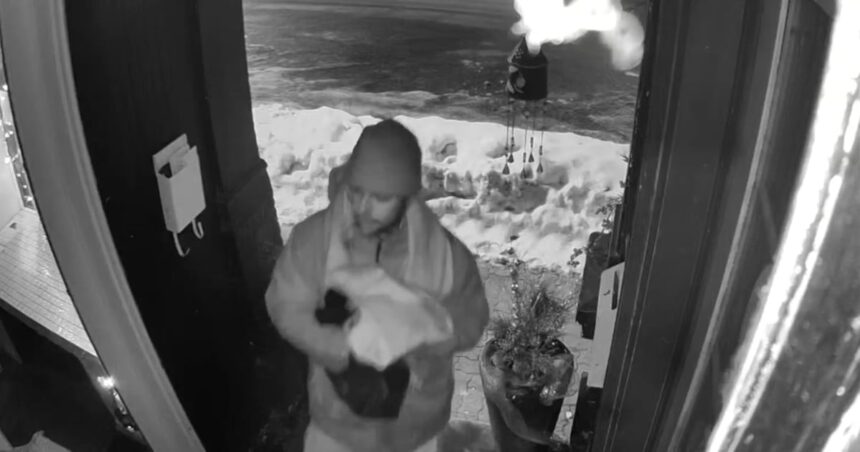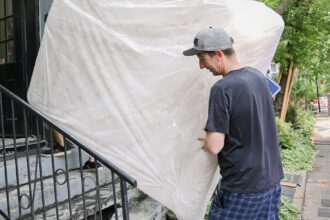In a stunning courtroom development yesterday, the individual responsible for the devastating blaze that ravaged a cherished 19th-century landmark in downtown Orillia has pleaded guilty to arson charges. The December 2023 fire caused an estimated $6 million in damages and erased a significant piece of the city’s architectural heritage overnight.
“This was not just a building that burned—it was a cornerstone of our community’s identity,” said Orillia Mayor John Smith, visibly emotional during a press conference following the hearing. “Generations of residents have memories tied to this structure.”
Court documents revealed that Brandon Williams, 27, admitted to deliberately setting the fire following a dispute with one of the building’s commercial tenants. The three-story Victorian-era structure, which housed five businesses and seven residential apartments, had recently completed extensive restoration work valued at over $800,000.
Fire Chief Robert Anderson detailed the extensive challenges emergency responders faced that night. “Our teams battled extreme cold conditions, with temperatures dropping to -18°C, causing water from our hoses to freeze almost immediately upon contact with surfaces,” Anderson explained. “Despite deploying all available resources, the structure’s wooden framework and period construction methods made containment nearly impossible.”
Heritage preservation experts from across Ontario have expressed profound dismay at the loss. The building, constructed in 1885 by prominent local businessman William Thompson, represented one of the finest examples of Victorian commercial architecture in the region.
“The economic impact extends far beyond the physical structure,” noted Emma Richards from the Orillia Economic Development Office. “The five displaced businesses employed 23 people, while seven families lost their homes during one of the coldest months of the year.”
Williams faces up to 14 years imprisonment under the Criminal Code of Canada for arson causing damage to property. The sentencing hearing is scheduled for July, with prosecutors indicating they will seek the maximum penalty given the deliberate nature of the act and its catastrophic community impact.
Community leaders have already initiated a heritage reconstruction fund, which has raised $1.2 million toward recreating elements of the original façade in any future development. However, heritage experts caution that authentic replication of the handcrafted woodwork and period-specific architectural details remains virtually impossible.
As Orillia residents continue processing this deliberate attack on their community’s history, a question emerges that transcends the legal proceedings: how does a society properly value—and protect—the irreplaceable physical manifestations of its shared cultural heritage?










